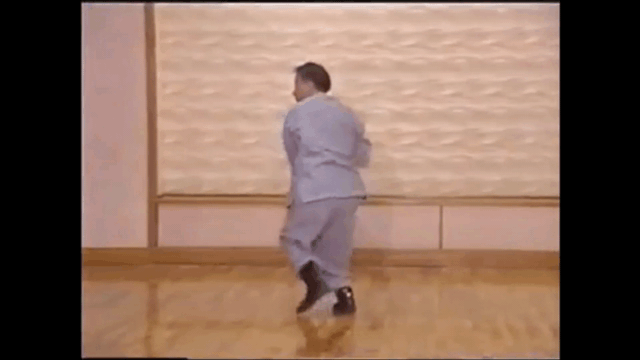In internal arts like Taiji, the Six Harmonies are essential. They align mind, energy, and body, forming the foundation for how intent (yi), energy (qi), and structure work together to act on others.
While some karate kata like Sanchin, and certain CMA sets like Iron Wire or Cotton Needle, may appear similar to Taijiquan in terms of slow movement or stepping, they do not follow the Six Harmonies framework in the way Taiji does.
It's different.
One may not realize just how different, until they have tried to make the change to taiji, or have encountered those that did.
Master Lü Baochun talks about the process
He talks of before contact “touch” something that can be confusing when shown in demos

